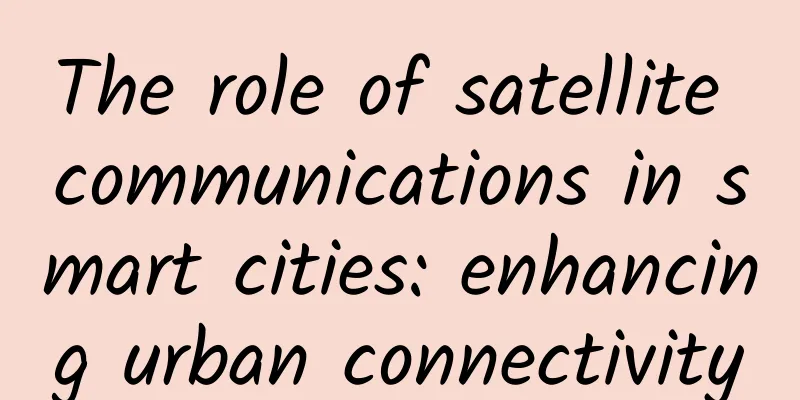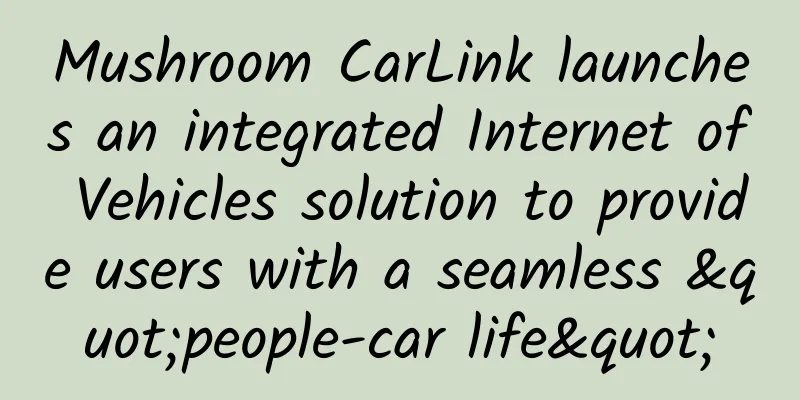The role of satellite communications in smart cities: enhancing urban connectivity

|
As urban populations continue to grow, the need for innovative solutions to address the challenges of urbanization becomes more urgent. One of the most promising developments in recent years has been the rise of smart cities, which use advanced technologies to improve efficiency, sustainability, and quality of life for residents. A key component of these efforts is to establish a robust and reliable communication network that enables seamless data exchange between various devices, systems and stakeholders. In this context, satellite communications have become a key tool to enhance urban connectivity and promote the development of smart cities. Satellite communications offer several advantages over traditional terrestrial networks, particularly in terms of coverage, capacity and resiliency. Unlike terrestrial systems, which can be subject to geographic limitations and congestion, satellites can provide ubiquitous coverage over vast areas, ensuring that even the most remote and underserved communities have access to high-quality communications services. This is particularly important in the context of smart cities, which can integrate a variety of devices and applications, from traffic management systems and environmental sensors to telemedicine and e-learning platforms. In addition, satellite communication networks can support high data rates and low latency, which are essential for real-time monitoring and control of various smart city applications. For example, satellite-based Internet of Things (IoT) connections can enable government departments to track the status of critical infrastructure such as bridges and tunnels in real time, allowing them to respond to potential problems more quickly and effectively. Similarly, satellite communications can facilitate the rapid deployment of emergency services in response to natural disasters or other crises by providing reliable and resilient communication links that are not dependent on local infrastructure. Another key advantage of satellite communications is its ability to support the seamless integration of different communication technologies, such as 5G, Wi-Fi and low-power wide area networks (LPWAN). This is particularly important in the context of smart cities, as it enables the creation of a truly interconnected ecosystem in which a variety of devices and applications can communicate with each other and share data in a seamless and efficient manner. By serving as a complementary technology to terrestrial networks, satellite communications can help ensure that smart cities have the necessary connectivity to support their various applications and services. In addition to its technological advantages, satellite communications can also play a vital role in driving the socio-economic development of smart cities. By providing reliable and affordable connectivity to underserved communities, satellite communications can help bridge the digital divide and ensure that all residents can enjoy the benefits of smart city technologies. This, in turn, can contribute to the creation of more inclusive and equitable urban environments where everyone has the opportunity to participate in and benefit from the digital economy. In addition, satellite communications can support the development of innovative applications and services that rely on high-quality connectivity, thereby supporting the development of new industries and business models in smart cities. For example, satellite-based IoT connectivity can support the development of smart agriculture, allowing farmers to monitor and manage crops more effectively, thereby increasing productivity and reducing environmental impact. Similarly, satellite communications can support the development of telemedicine and e-learning services by providing reliable and high-quality connectivity to remote and underserved areas. In summary, satellite communications play a vital role in the development of smart cities by providing the necessary connectivity to support their diverse applications and services. By leveraging the unique advantages of satellite communications such as wide coverage, high capacity and resilience, smart cities can overcome the challenges of urbanization and create a more sustainable, efficient and inclusive environment for residents. As the world continues to urbanize, the importance of satellite communications in driving the development of smart cities will only grow, making it a key technology for the connected cities of the future. |
<<: Huawei's Meng Wanzhou: 5.5G is the inevitable path for 5G network evolution
>>: What are LPWAN technologies?
Recommend
You know Bitcoin, but do you really understand blockchain?
When it comes to Bitcoin, everyone should be fami...
my country's mobile internet traffic increased by 23.4% year-on-year during the Spring Festival holiday
Unlike in the past, affected by the epidemic, thi...
Why is there no movement in China for the popular wireless mesh network?
The wireless mesh network that emerged in the sec...
TMThosting: Seattle high-security VPS with 35% off monthly payment/40% off annual payment, optional NVMe/SSD/HDD disk, supports Alipay
TMThosting has launched a summer promotion, with ...
Currently, CDN security is far from enough
Today, many businesses realize that DDoS defense ...
In the 5G era, smart services will become the new normal
More than a year after its official commercial la...
90% of operators are concerned about 5G base station energy consumption
According to a report from Lightreading, an opera...
DYXnet selected as a member of the SD-WAN+Informatization "Pilot" program to jointly promote high-quality development of the industry
On May 27, 2024 , the 2024 SD-WAN+Innovation &quo...
Analyzing the technology behind short videos and reopening the battle against CDN
If the live streaming industry was booming in 201...
Three-minute review! A quick overview of 5G industry development trends in May 2021
After the rapid development in 2020, 2021 is a cr...
How the Convergence of IoT and 5G Will Shape the Construction Industry
The Internet of Things (IoT) is changing the way ...
Can IoT survive downtime?
Asia has high hopes for the Internet of Things. I...
HostYun: Hong Kong/Japan/Korea/US VPS monthly payment starts from 16 yuan, optional CN2 GIA/AS9929
HostYun is an old niche personalized IDC founded ...
Forecast of 5G development trends in 2021
When searching for hot words in 2020, it can be s...
UiBot Store platform is coming soon: Driven by demand, empowering developers, and building a panoramic RPA ecosystem
At present, the new generation of digital labor r...









